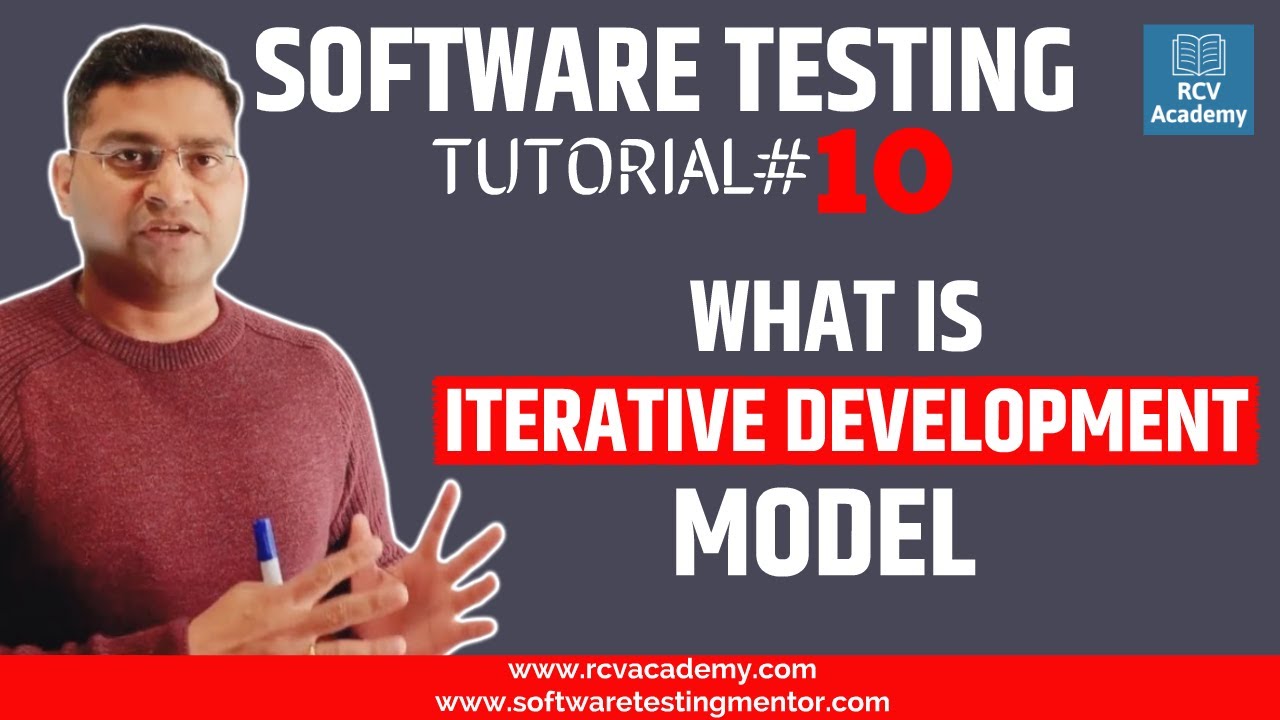Lecture 10: Incremental Model
Summary
TLDRThe video script discusses the Prototyping Model, an iterative approach in software development that contrasts with the traditional Waterfall Model. It highlights the benefits of prototyping, such as better understanding of requirements, early detection of issues, and improved client engagement through feedback incorporation. The script also touches upon the Agile Model, emphasizing incremental development and iterative enhancement, which allows for more flexibility and customer-oriented outcomes in software projects.
Takeaways
- 😀 The script discusses the Prototyping Model as an alternative to the Waterfall Model in software development.
- 🔍 A prototype is initially created to explore and define requirements and is then presented to users for feedback.
- 🔧 The flexibility of the Prototyping Model allows for changes based on user feedback, which can lead to a more refined final product.
- 💡 The model helps in clarifying vague or uncertain requirements early in the development process by providing a tangible starting point.
- 👥 It emphasizes user interaction and feedback, which can lead to a product that better meets user needs and expectations.
- 📋 The script suggests that the Prototype Model may reduce the need for extensive documentation compared to other models.
- 🚀 The development process can be faster and more efficient with the Prototyping Model because it allows for iterative improvements based on user input.
- 🛠️ The model can be particularly useful for Graphical User Interface (GUI) development, where user experience is critical.
- 🔄 The script mentions that the Prototype Model can lead to 'Over Engineering' where developers may incorporate unnecessary features tempted by the prototype's success.
- 📉 One of the downsides of the Prototype Model is that it may not be suitable for projects where requirements are well-understood and stable from the outset.
- 🔮 The script also touches on the classical Waterfall Model and its limitations, such as the inflexibility to change requirements once the development process has begun.
Q & A
What is the primary purpose of the Prototyping Model in software development?
-The primary purpose of the Prototyping Model is to analyze and clarify requirements and provide a platform for users to interact with a preliminary version of the software, allowing for feedback and potential changes before the actual development begins.
How does the Waterfall Model relate to the Prototyping Model?
-The Waterfall Model is a sequential design process where each phase of software development proceeds in a strict sequence, and the Prototyping Model can be seen as a precursor to the Waterfall Model, where the prototype is used to gather user feedback before the formal development process begins.
What are some advantages of using the Prototyping Model in software development?
-Some advantages include the ability to clarify vague requirements early on, reduce development risks by allowing users to interact with a preliminary version, and potentially lower documentation needs since the prototype serves as a functional requirement document.
How does the Prototyping Model assist in the development of Graphical User Interfaces (GUIs)?
-The Prototyping Model is particularly useful for GUI development as it allows for the quick creation of a visual interface that can be tested and refined based on user feedback, ensuring that the final product meets user expectations and is personalized to their needs.
What is the significance of user feedback in the Prototyping Model?
-User feedback is significant as it helps developers understand whether the prototype meets the users' needs and expectations, allowing for necessary adjustments to be made before proceeding with full-scale development, thus enhancing the final product's usability and functionality.
Can the Prototyping Model lead to over-engineering in software development?
-Yes, the Prototyping Model can lead to over-engineering if developers are tempted to incorporate advanced features into the prototype that may not be necessary, thus increasing the complexity and cost of the project without adding value.
Why might the Waterfall Model be considered outdated in modern software development?
-The Waterfall Model might be considered outdated because it requires all requirements to be defined upfront, which is often impractical in the dynamic and iterative nature of modern software development where requirements frequently change.
What are some of the key challenges associated with the Waterfall Model?
-Key challenges include the inflexibility to accommodate changes once the development process has started, the heavy documentation burden, and the potential for developers to spend a significant amount of time on documentation rather than actual development.
How does the Incremental Development Model differ from the Waterfall Model?
-The Incremental Development Model involves developing and delivering the software in increments or iterations, allowing for continuous feedback and refinement, as opposed to the Waterfall Model, which follows a strict sequence of phases with little to no iteration.
What is the Iterative Enhancement Model and how does it improve software development?
-The Iterative Enhancement Model is a development approach where the software is incrementally improved upon with each iteration, incorporating new functionalities and refining existing ones based on user feedback, leading to a more refined and user-centric final product.
Why is it important to prioritize certain features during incremental development?
-Prioritizing certain features is important to ensure that the most critical and valuable functionalities are developed first, allowing for early delivery of a minimum viable product and subsequent refinement based on user interaction and feedback.
Outlines

This section is available to paid users only. Please upgrade to access this part.
Upgrade NowMindmap

This section is available to paid users only. Please upgrade to access this part.
Upgrade NowKeywords

This section is available to paid users only. Please upgrade to access this part.
Upgrade NowHighlights

This section is available to paid users only. Please upgrade to access this part.
Upgrade NowTranscripts

This section is available to paid users only. Please upgrade to access this part.
Upgrade Now5.0 / 5 (0 votes)





